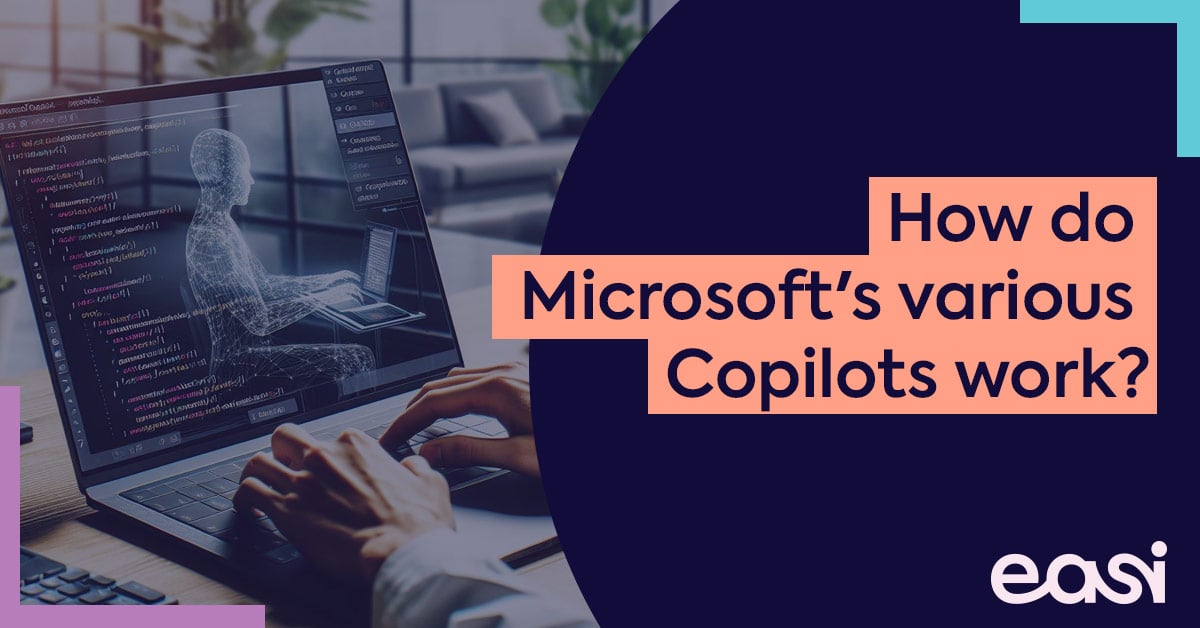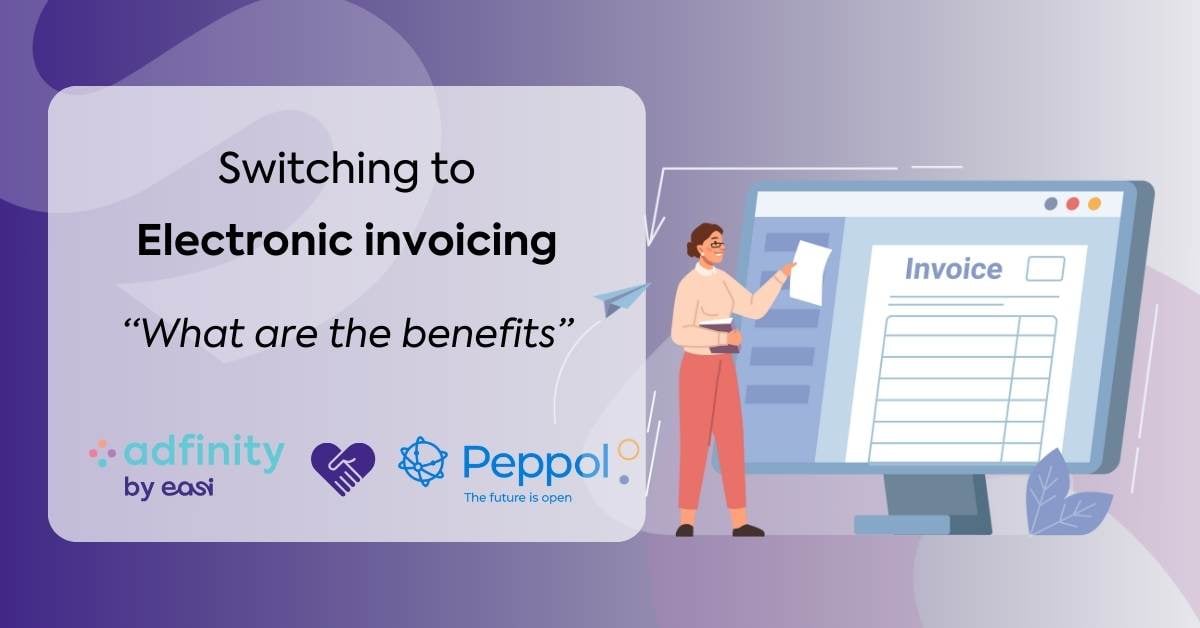It is not always easy to see understand all the abbreviations in the cloud world. That's why we list the most important ones here, easily explained.
ITaaS
First of all, it is important to explain that these concepts are linked to cloud services. In this case, instead of managing your own data center, your company chooses to pay someone else to manage it for you. They will then offer your company services and support via the internet. You can call this process ITaaS or Information Technology as a Service. This term can apply to your entire IT department or to some parts of it.
How does it work?
As a company you pay a monthly fee to an external partner. This model is called a 'pay-as-you-go' model. For many companies it's an interesting formula, because it eliminates the need to invest huge IT budgets in fixed assets or specialized profiles that will need to focus their energy solely on maintaining, supporting and upgrading that infrastructure. In this model, the company will fall back on more predictable costs, which is an important advantage for many.
In addition to this more general term, you have 3 different cloud services. SaaS, IaaS and PaaS. I will explain myself in more detail.
SaaS
This is one of the more familiar acronyms. It stands for Software as a Service. With this term, companies refer to the fact that they stop buying software licenses. Why? Because they then have to install, update, maintain and patch the application per person and replace it when necessary. Plus, it's also not easy to guarantee uptime at all times. It is also more convenient for employees to simply log in via a website and access a particular application. So there are several advantages to this service. Another major advantage is the extremely fast implementation of new or updated applications. All your IT service has to do is create an account, send the user an e-mail and that's it.
IaaS
This stands for Infrastructure as a Service. In practice, this option means that your company uses the hardware of an external service provider. So your cloud is off-site and accessible via the internet. When your data is stored in the cloud, on a server of your external cloud provider, you use a form of IaaS. This option is really about the hardware that you no longer need to buy, install, maintain, back up or replace. For many companies, the big advantage of this option is the guarantee of business continuity. For example, if your external partner makes back-ups every night (or at a time you ask them to), they can immediately support you in case of an emergency or a problem. This is called Disaster Recovery.
PaaS
Now I've arrived at the third possibility. PaaS means as much as Platform as a Service. If you choose this option, as a company you use an IT platform from an external cloud provider via the internet. Via this platform you can then access your applications, hardware, databases, networks, your security and much more. Building and maintaining your own platform requires a lot of expertise and continuous attention. This is not an option for all companies.
What do you need?
This is difficult to determine in advance, but I can already tell you that you certainly don't have to limit yourself to one of the top three options. You can perfectly combine them.
In addition, it is important to see where your company's expertise lies. Which capacities do you have in-house and which do you don't. SaaS can be a relatively inexpensive solution for some of your important applications. Bigger companies might want to invest in their own platform which they can use in their cloud via PaaS.
A hybrid model?
Nothing is ever completely black or white. So in come the term: hybrid. There are many companies that opt for a hybrid cloud model. In this case, you manage part of your IT in-house while other aspects are housed in an external cloud. For example, a company might initially want to stick to their own software applications, but opt for an IaaS for data back-up and recovery. There are plenty of possibilities.





